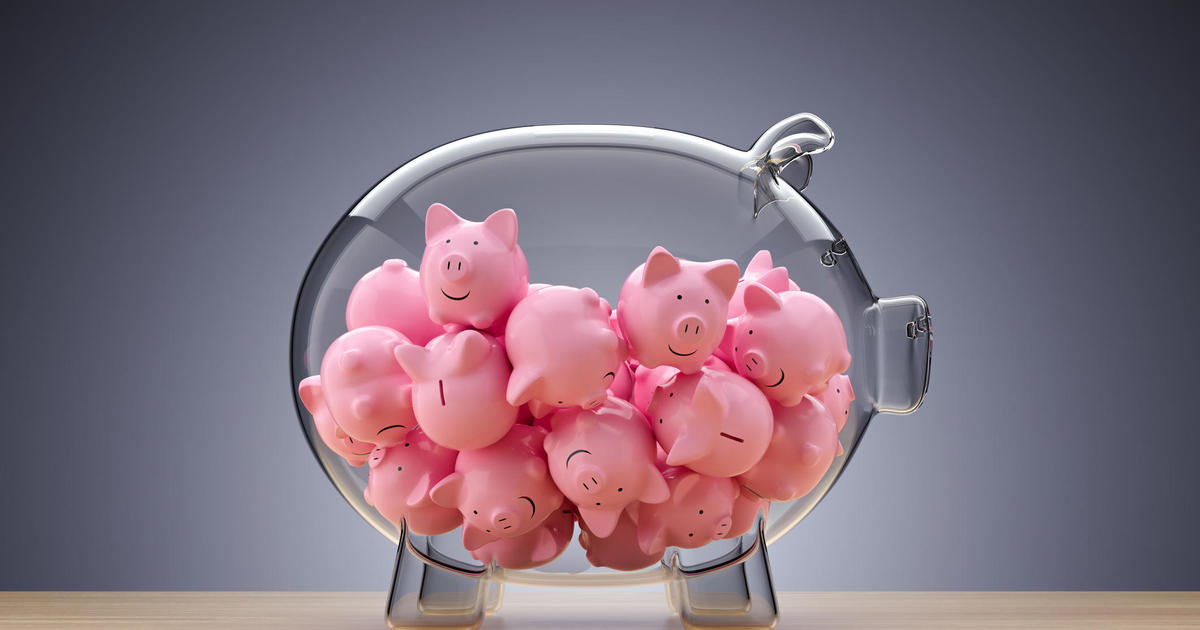Be wary of high interest rate savings accounts
Deposit rates are rising slowly as the Fed continues its gradual tightening of monetary policy. Some banks may appear to be raising their deposit rates faster. However, these higher interest rates often have strings attached. Here are the three typical strings that banks attach to their high-rate accounts.
Introductory rates
Small banks are notorious for offering introductory rates on money market and checking accounts. When the intro period ends, the interest paid returns to the low ongoing rate. Banks may not make it obvious that you have a temporary intro rate.
An example of an intro rate took place at BankDirect, the online division of Texas Capital Bank (TCBI). After many years offering a money market account with a rate of 0.15 percent, BankDirect raised the rate in June and then again in July, to 1.34 percent. But it didn't last long.
In a little over a month, the rate plummeted back to 0.15 percent. Customers who opened the account at 1.34 percent continued to receive that rate, but only for 180 days.
To avoid being surprised by an intro rate, review the account's rate history before applying, and after the account is opened, regularly review the rate you're actually receiving. Banks often end intro rates quietly.
Relationship requirements
A high rate on a money market account or CD may require a checking-account relationship. But just opening one may not be sufficient. Sometimes certain activity is required, such as direct deposit. Opening a checking account may seem like a simple extra step, but you could face fees, such as monthly maintenance fees and inactivity fees.
Citizens Bank, headquartered in Providence, Rhode Island, has offered relationship rates for its CDs. An example was a 14-month CD that earned a yield of 1.4 percent with a checking relationship. Without one, it earned only 0.1 percent. The required checking account has a $25 monthly fee that can be waived only by maintaining a large deposit balance.
Maximum balance and activity requirements
The introductory rates and relationship rates rarely reach the level of reward checking rates, which can be as high as 5 percent. All reward checking accounts have two features that allow the banks to pay the high rate.
First, these accounts have maximum balances that typically range from $5,000 to $25,000. The high rate only applies to balances up to the maximum. Second, these accounts have activity requirements that usually include monthly debit card purchases and direct deposit.
Consider the Ultimate Checking account from Northpointe Bank of Grand Rapids, Michigan. This account earns a yield of 5 percent on balances up to $10,000, if certain monthly requirements are met. They include 15 or more debit card purchases, enrollment in eStatements and direct deposit or automatic withdrawal of $100 or more.
Unlike introductory rates, reward checking rates aren't short-term deals. However, there's no guarantee the rates will remain high. Indeed, rates have fallen on many of them over the years. In addition, the maximum balances have also fallen. Both can result in earning much less interest than you had originally anticipated.
Bottom line
Introductory rates, relationship rates and reward checking rates can be good deals, if you understand the fine print and follow the requirements. However, doing so is often more difficult than the banks make it appear. Consumers should be skeptical and read the fine print before taking advantage of one of these offers.
Ken Tumin is founder and editor of DepositAccounts.com, which has been tracking and rating the savings, CD and checking account offerings of banks and credit unions for more than a decade.



